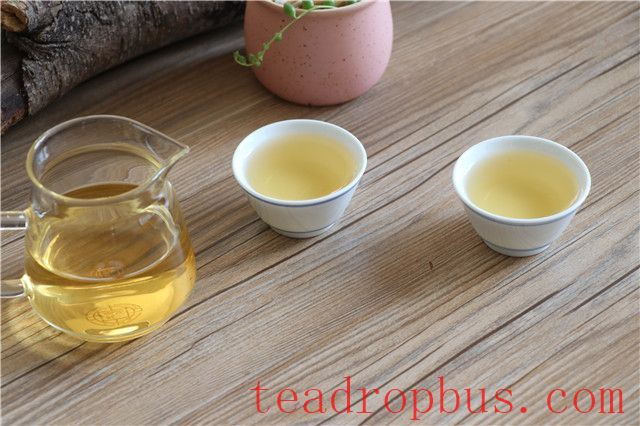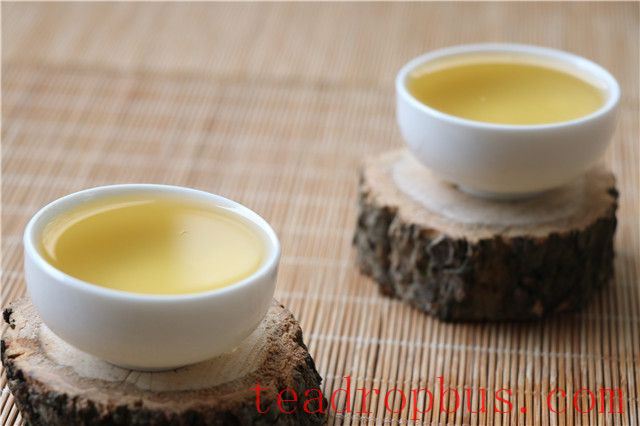The character for “taste” in the context of Tea appreciation comprises three “mouths,” symbolizing evaluation, appreciation, and the experience of both the physical and spiritual enjoyment that tea brings. Tea tasting differs from simply drinking tea; the latter primarily aims to quench thirst and satisfy physiological needs, often gulping down a Cup in just a few sips without much ceremony. In contrast, tea tasting seeks spiritual fulfillment, emphasizing the ambiance and treating Tea drinking as an art form to be savored slowly and contemplated upon.

Observe the Color: This involves examining the color of the tea liquor and the shape of the tea leaves. After brewing, the leaves undergo a transformation, nearly returning to their natural state. The tea liquor's color deepens from light to rich hues, clear and luminous. Even teas of the same type can exhibit distinctive colors depending on their age. Observing the color changes in Pu'er tea is a pleasure in itself, so take a moment to appreciate it before drinking.
Savor the Aroma: Following the observation of color, one should inhale the aroma of the tea liquor in the pitcher. High-quality tea emits a natural and pure fragrance that is invigorating and intoxicating. Lower quality teas tend to have weak or impure aromas, sometimes with smoky or grassy notes or even mixed with off-flavors. The aroma of tea is a complex blend of various aromatic compounds. To fully appreciate its nuances, one must carefully taste and discern them.

Examine the Shape: This step involves observing the changes in the shape of the tea leaves after Steeping. Once immersed in water, the leaves gradually revert to their original fresh leaf form. Pu'er teas, due to differences in varietal, region, and tree age, display distinct leaf shapes. From these shapes, one can trace the tea's origin and understand its aging process, deriving great enjoyment from observing these transformations.
Savor the Flavor: After smelling the aroma of the tea liquor, it's time to taste its flavor. Like tea's aroma, its flavor is also incredibly diverse. Upon first sip, the mouth begins to salivate almost immediately, leaving a lingering aftertaste. This is due to the chemical components of the tea stimulating different parts of the mouth.

Different areas of the tongue respond to different tastes: sweetness is most easily detected at the tip of the tongue, saltiness at the sides near the front, sourness at the sides toward the back, umami in the center, and bitterness closer to the root. Therefore, when sipping tea, don't swallow it right away but let it linger in your mouth so that all parts can fully experience the five tastes—sweet, sour, fresh, bitter, and astringent—fully appreciating the exquisite flavors. Different types of tea offer distinct tastes, such as robust, mild, fresh, or mellow, each providing a unique experience. (Source: Yishou Pu'er, Image Source: ChaYou Network)